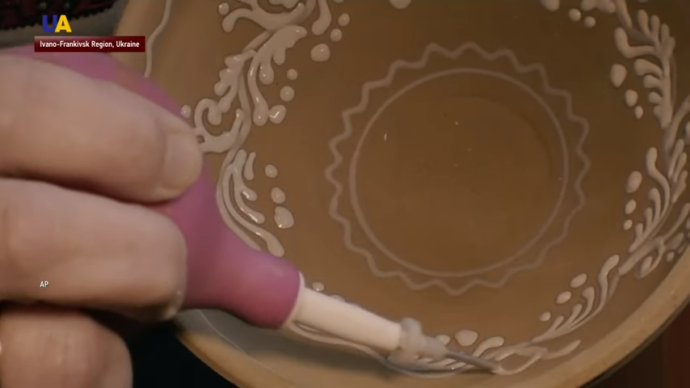Artist Ivanna Kozak-Dileta etches a design into soft clay. She works in the Ukrainian mountain town of Kosiv, the birthplace of this type of ceramics.
At the end of last year the tradition of Kosiv painted ceramics was included in UNESCO’s Representative List of the Intangible Cultural Heritage of Humanity.
This dish will be painted and fired in a kiln before it is completed. Once it is finished, it will reflect the pottery’s distinctive style.
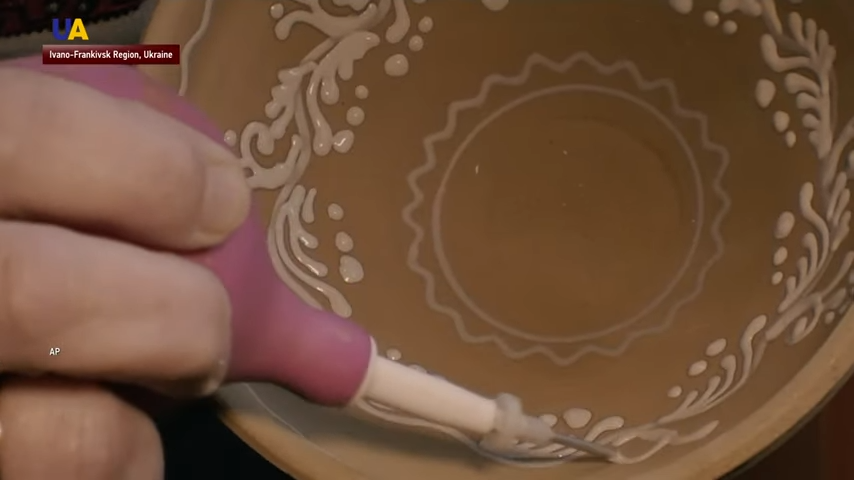
“There are two techniques of traditional Hutsul pottery – white and red. Since ancient times, we have used natural clay and added our creativity. Each artist has her own patterns and her own technology for making green and yellow paints,” Ivanna Kozak-Dileta, potter and member of National Union of Artists of Ukraine, said.
The painted dishes, toys and tiles tell centuries of history, but can also be used for cooking or table settings in everyday life. Kozak-Dileta is especially proud of the ceramic tiles that decorate her oven.
“First of all, it’s valuable because no one else has an oven like this. Secondly, every tile is unique and individual, thirdly, this proves that handmade things and artists’ imaginations are endless, and fourthly it’s beautiful, modern and warm,” Kozak-Dileta said.
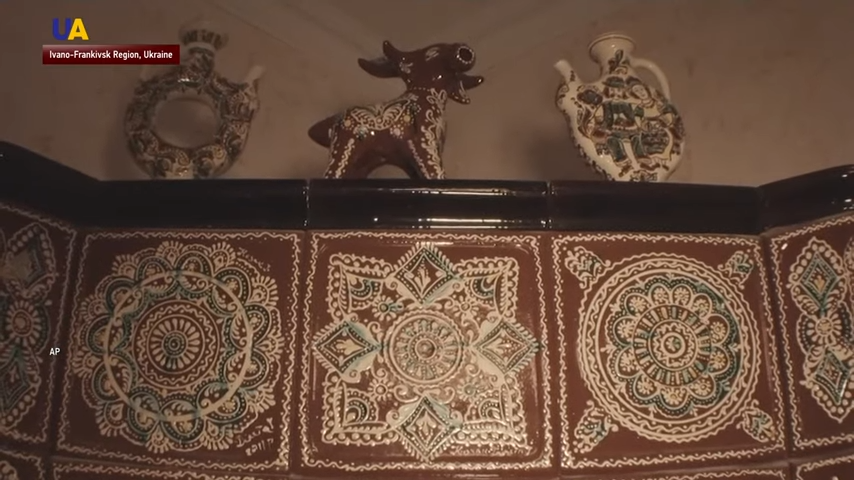
Traditional Kosiv pottery has been around for three centuries. But its peak came in the late 19th century, under the patronage of Austrian Emperor Franz Joseph. Mariia Hryniuk, a potter of traditional Kosiv ceramics and member of Ukraine’s delegation to UNESCO in 2019, is thrilled it has been given a special status.
Mariia Hryniuk is a potter of traditional Kosiv ceramics and a member of the Ukrainian delegation to UNESCO in 2019. She said, “We are so happy. Today we can say the world has recognized us! It will give so much to artists. They will understand that their work is not in vain. It is recognized and becoming more popular. And, of course, it will allow them to earn money from their work because the state doesn’t pay them any salary. They have exactly what they earn.”
Traditionally Kosiv potters passed down their trade from generation to generation. There are still dozens of small, family-run workshops in Kosiv. They use local clays and paint the ceramics with metal oxides to give the pieces the traditional green and yellow designs for which they are famous.
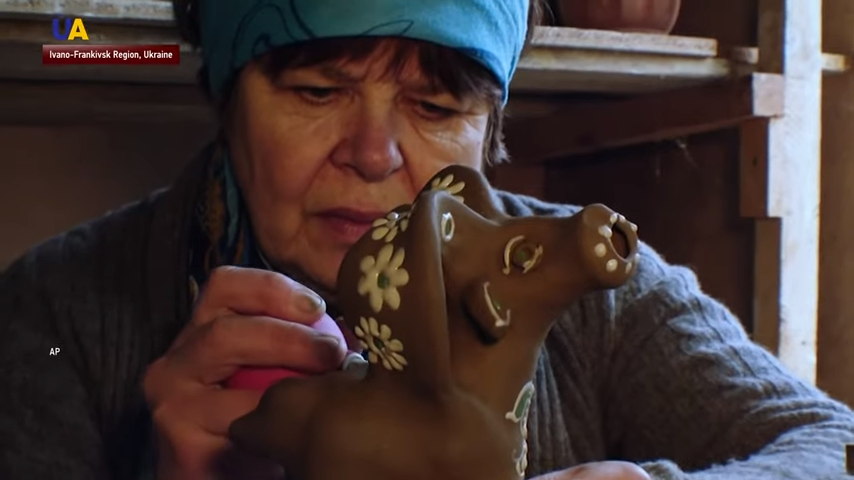
Kozak-Dileta describe the use of colors as motifs. “Our traditional colors for Hutsul ceramics are green, which is the symbol of the forest, yellow, a symbol of the sun; brown, a symbol of the earth and a light color as a symbol of purity. Our ceramics can ‘cry’ — I mean all these stains. They appear during the second firing in the oven when the temperature is 950 degrees Celsius. This is not a flaw. The green color adds more uniqueness to our pottery when it spreads,” Kozak-Dileta said.
The decorations also have a story to tell. Their subject matter reflects local history.
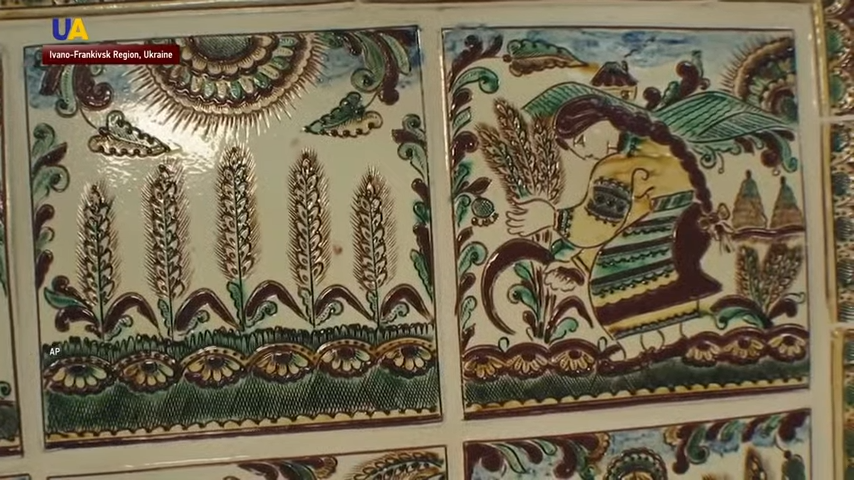
Viktoria Yaremyn is the head of the Kosiv Museum of Hutsulshchyna Folk Art and Life. She said, “An oven decorated with painted tiles was like a history, I would say it was like a comic book or an illustrated novel which described Hutsuls, village life, and not only villagers but the aristocrats who lived in Kosiv, the lives of shepherds, artists, Jews and Roma. So, on the tiles the artists painted what they saw in their daily lives.”
UNESCO’s Intangible Cultural Heritage list recognizes entrants as important to their cultures, and is intended to protect them for future generations. Potters in Kosiv hope their inclusion on the list will increase the popularity of their work.

